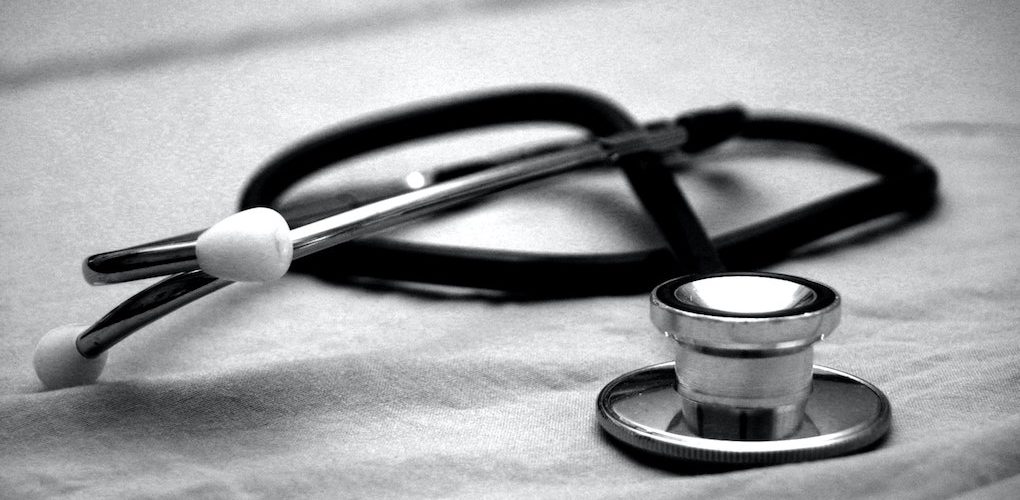Long gone are the days of the neighborhood doctor making house calls. Welcome to the modern healthcare industry: a vast medley of physicians, clinics, HMOs, hospitals, third-party providers, and patients, all connected via online networks that hold masses of sensitive and critical data. Maintaining standards of excellence in this complex web is critical yet difficult.
For that reason, healthcare organizations use gap analysis as a tool to help governments and medical providers pinpoint what needs to change to deliver better service and outcomes. From global health organizations to small-town clinics, the gap analysis is making a difference to the future of healthcare. Here are three examples of how.
The WHO prepares for a pandemic
COVID-19 wasn’t the first pandemic of the 21st century. Before that was the 2009 H1N1 flu pandemic. Although smaller in scope than coronavirus, it propelled the World Health Organization (WHO) to face the possibility of a more widespread pandemic. One of the ways the organization did this was by conducting a gap analysis of the preparedness levels of different regions and countries around the world.
The gap analysis was a large and complex undertaking that took four years to complete. It focused on measuring three core capacities during a pandemic: detection, monitoring, and sharing virus samples and information between countries.
The gap analysis used regional data to quantify the core capacities in different countries, from level one (low) through level four (high). For detection capacity, for example, the study found that 70 percent of countries earned a rating of low to weak, including 83 percent of African countries and 82 percent of Southeast Asian countries.
Overall, the gap analysis found that lab and surveillance capabilities were suboptimal in all regions, with Africa having the biggest gaps. While every pandemic is different, and it’s impossible to predict when one will hit and what exactly will occur, gap analyses like these are instrumental in edging the world closer to a more effective emergency response.
Minnesota prevents violence in healthcare settings
Healthcare facilities are high-pressure environments where people from all walks of life interact under sensitive and sometimes stressful circumstances. Unfortunately, violence in healthcare is common and puts clinical staff, secondary personnel, and other patients at risk.
The state of Minnesota decided to tackle the issue head on. The Department of Health collaborated with several other organizations to conduct a gap analysis aimed at reducing levels of violence, both physical and verbal, in medical institutions throughout the state.
The gap analysis team developed a comprehensive audit questionnaire for health providers to assess weaknesses in violence prevention protocols and implement a road map to bring them up to the necessary level. The questionnaire is built around the acronym “SAFE,” which stands for safety coordination, accurate and concurrent reporting, facility culture and accountability, and education of staff.
The audit also considers the institution’s ability to identify risk, conduct interventions, respond to incidents, and learn from events. While the team designed the gap analysis for large medical organizations, it’s a stellar example of an audit that pinpoints gaps and highlights the actions needed to prevent violence in healthcare settings.
Health insurance company meets HIPAA regulations
Along with a commitment to patient health, medical providers today have an equally critical responsibility for patient privacy. The Health Insurance Portability and Accountability Act (HIPAA) — a complex set of regulations and laws regarding the storage and transmission of Protected Health Information (PHI) — mandates the protection of patient data. All healthcare providers must comply with HIPAA or risk penalties that can cost up to $60,000 per medical record. In case of widespread violations, this could mean fines in the millions of dollars.
Ensuring HIPAA-friendly isn’t easy, as it touches almost every patient interaction, including scheduling appointments, storing medical records, sharing patient data with third-party providers, taking patient payments, and much more. In one case study, a leading health insurance company hired a specialist consulting company to implement HIPAA across the organization. It took nearly two years and involved mapping over 4,000 processes, more than 5,000 documents, and over 25,000 points where the organization uses or discloses PHI.
Not every healthcare company is that big and complex. For smaller medical providers, there are tools that can help, such as online form templates with built-in HIPAA-friendly. You can use these to complete important daily tasks involving PHI — such as collecting patient information, collecting payments, and managing consent — via automated forms that meet the strict requirements of HIPAA and prevent the costly consequences of noncompliance.
Gap analysis for the health of your business
The global health industry faces extraordinary challenges every day. Medical knowledge and capabilities are out there, yet getting them to the masses is harder than ever. COVID-19 has shone a light on the gaps between where healthcare is today and where it could be. And when it comes to health, the stakes are no less than life and death. That’s why gap analysis in healthcare isn’t just another business process — it’s a critical, life-saving tool.

































































Send Comment: